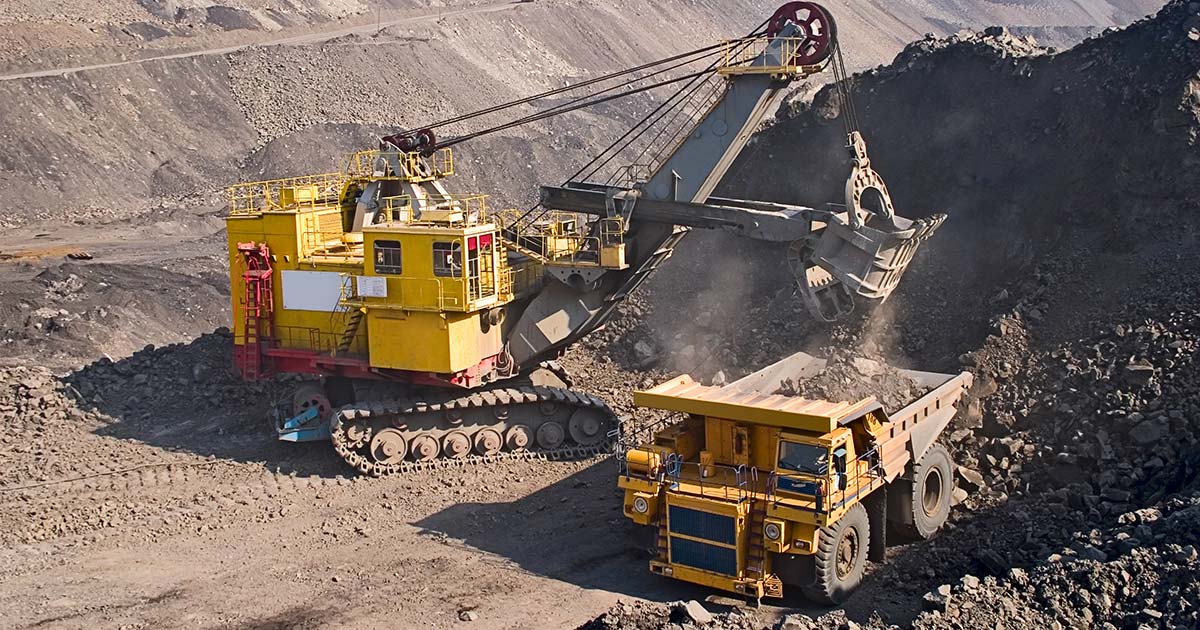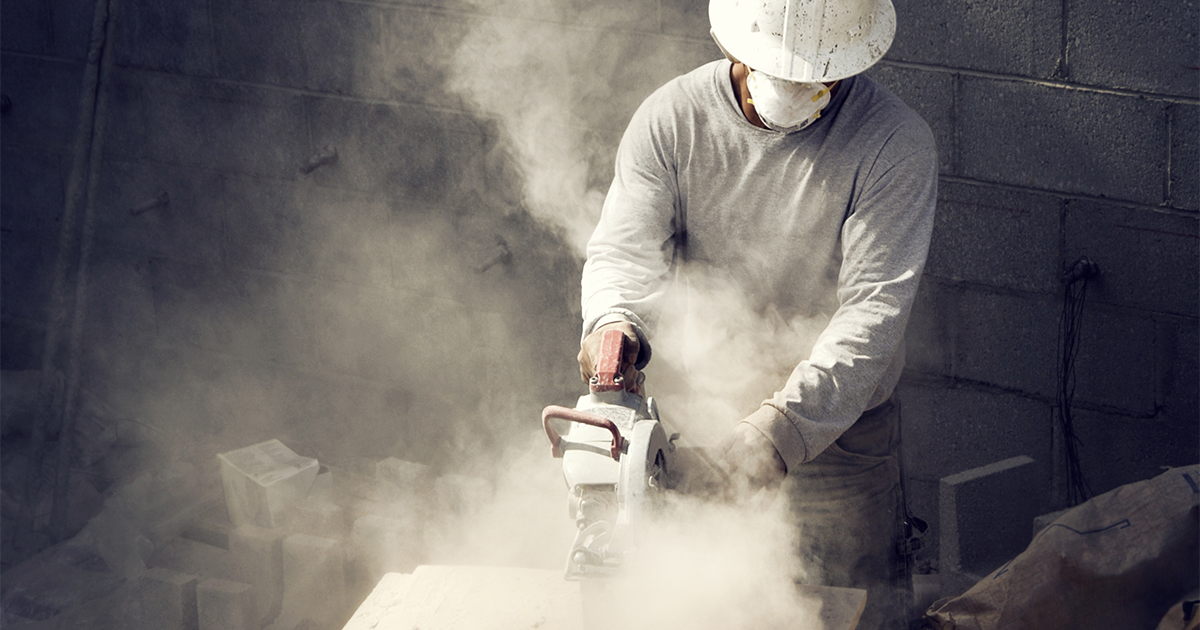Causes Of Pneumoconioses
Silica Dust
Silica dust is responsible for a form of pneumoconioses known as silicosis. Individuals who work with rock and sand for a living, such as miners and stonemasons, have a particularly high risk of silica exposure. This is because silica dust comes from rock and sand particles; it is released when these materials are handled. Chronic exposure to small amounts of silica can cause a less acute type of silicosis called simple silicosis. In this case, the lungs will develop many tiny nodules. These nodules are the result of small patches of tissue being damaged, scarred, and inflamed. Simple silicosis usually has few symptoms, but it can develop into more severe forms of silicosis. The other two forms are accelerated silicosis and acute silicosis; acute silicosis is the most severe and can easily lead to death. While simple silicosis may take as long as twenty years to develop, acute silicosis can progress in a matter of weeks.
It's time to reveal the next cause. Keep reading!
Coal Mine Dust

Coal miners have such a high risk of developing pneumoconioses that one form of the disease is named after them. Coal workers' pneumoconiosis is sometimes called black lung disease because coal dust darkens the lung tissue over time. When coal mine dust is inhaled, it stays in the lungs because the body cannot get rid of it. The immune system tries to fight the coal particles that lodge in the lung tissue, but the particles are too large. The immune cells stay in the lungs, causing chronic inflammation as if there is a persistent infection. The damage from this process somewhat resembles the lung deterioration that smoking cigarettes can cause. The early stage of coal workers' pneumoconiosis is called anthracosis; the root 'anthrac' means 'coal.' This version of the disease is mild and is actually not uncommon among individuals who live in polluted big cities. In coal miners, however, the anthracosis often develops into a deadly form of pneumoconiosis called progressive massive fibrosis. This kills more than twenty thousand individuals every year.
Learn about another trigger of pneumoconioses now.
